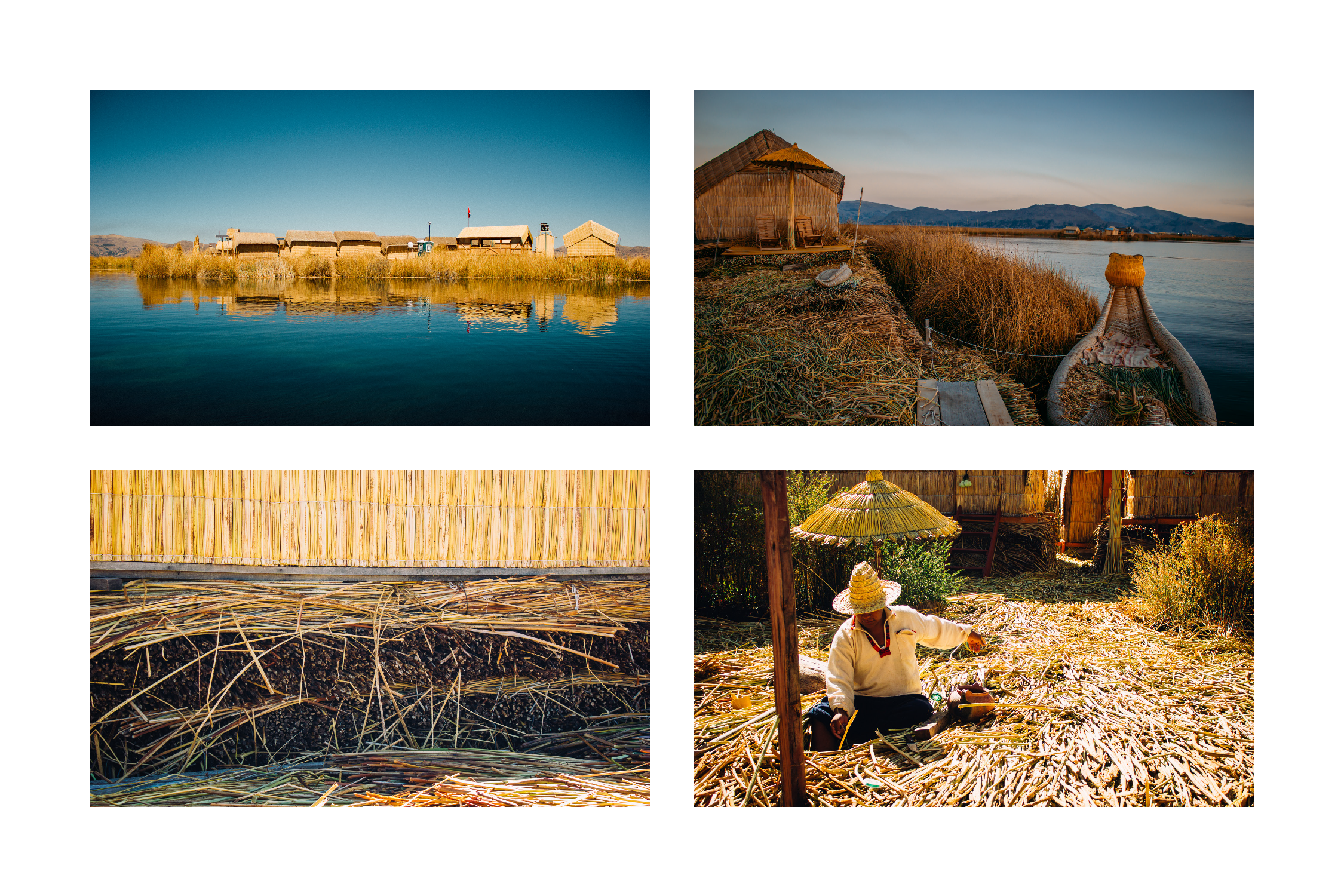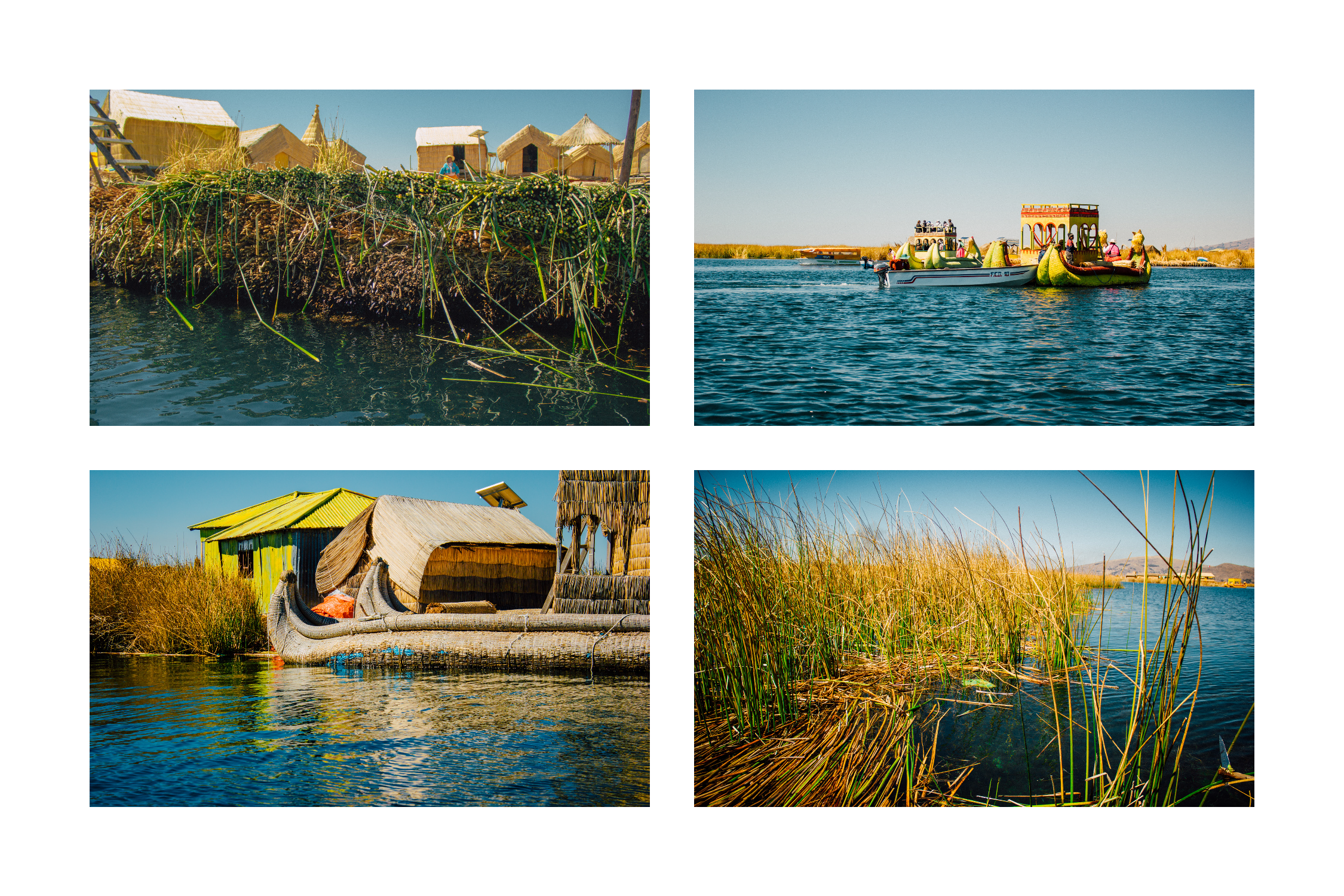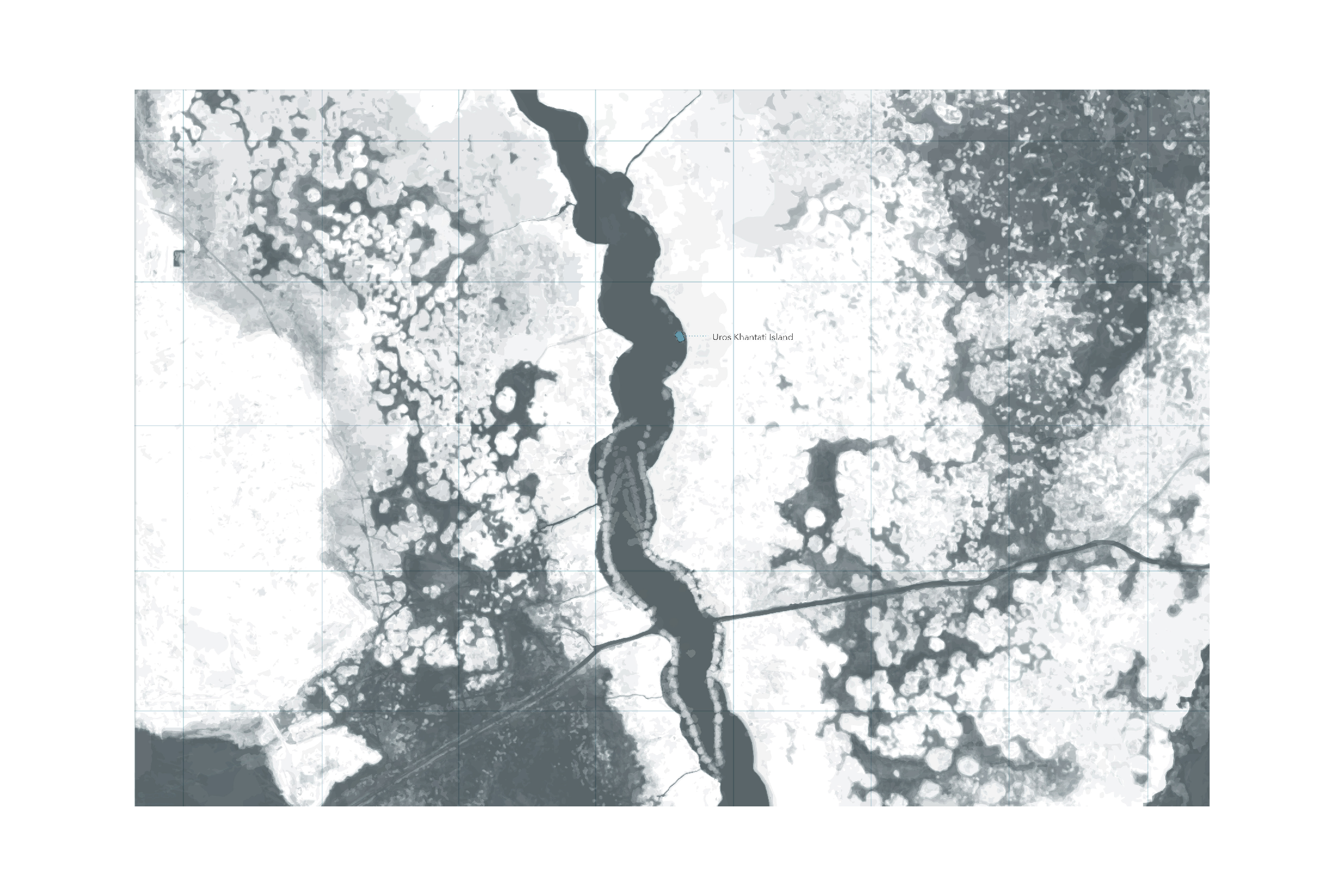Eternal Ephemera: Soft Infrastructures in the Floating City of Uros, Peru
“Operating outside traditional understandings for a city and its ‘urban fabric,’ vernacular constructions like Uros often resist fixed, normative frameworks or spatial conditions in relation to human habitation. Yet, this project, perhaps paradoxically, aims to record and index the shifting nature of the indeterminate boundaries—both physical and abstract—that exist across, arguably, artificial territories. Taking a material as the point of departure (totora reeds), one can explore existing phenomena and relationships in a perennial wet gradient between the aqueous and the buoyant. When ‘dry land’ is as fluid as the water that sustains it, preserving a simple set of guidelines allows for a critical examination when the only constant is ‘grass.’” [1]
Excerpt:
1. Alberto de Salvatierra, “Eternal Ephemera: Soft Infrastructures in the Floating City of Uros, Peru,” in A Landscape Approach: From Local Communities to Territorial Systems, eds. Hannes Zander, Samantha Solano, Shelagh McCartney, and Sonja Vangjeli (New York: AR+D Publishers, 2022).

Center for Civilization. Select Images, Uros Khantati, 2016.

Center for Civilization. Select Images, Uros Islands, 2016.

Center for Civilization. Composite Temporal Aerial Plan of Uros, Peru (2002-2020), 2021.

Center for Civilization. Island Section, Uros Khantati, 2021.

Center for Civilization. Totora Reed, Growth Stages, 2021.

Center for Civilization. Building Unit Sections, Uros Khantati, 2021.
Eternal Ephemera: Soft Infrastructures in the Floating City of Uros, Peru
Years: 2016 - 2021
Project Type: Research
Project Team: Alberto de Salvatierra (PI), Anagha Patil.
Patrons: Harvard University Graduate School of Design, Cornell University College of Architecture, Art and Planning, Panono.
